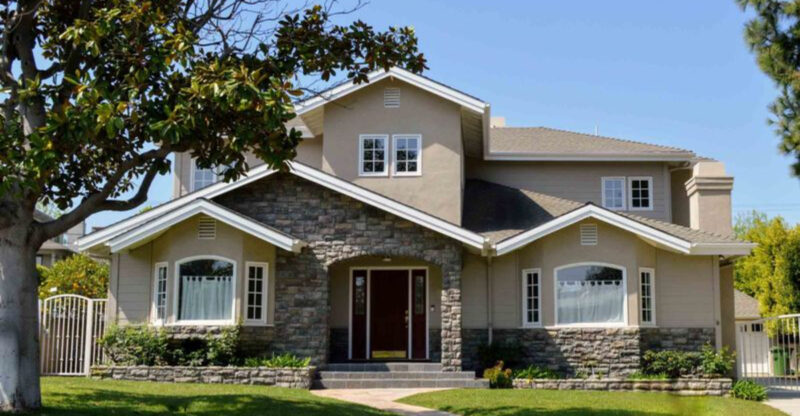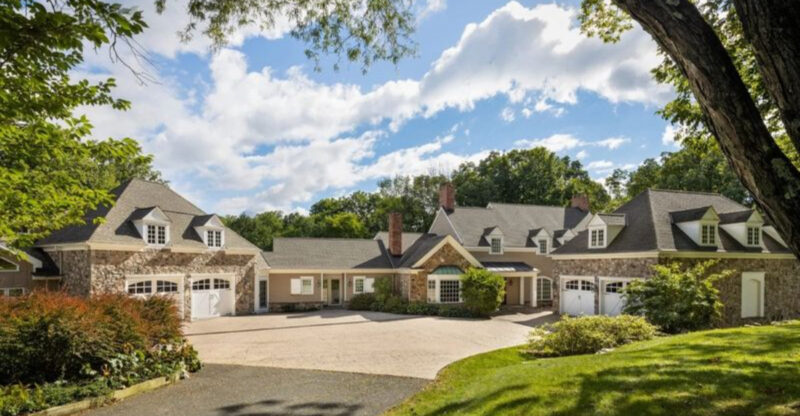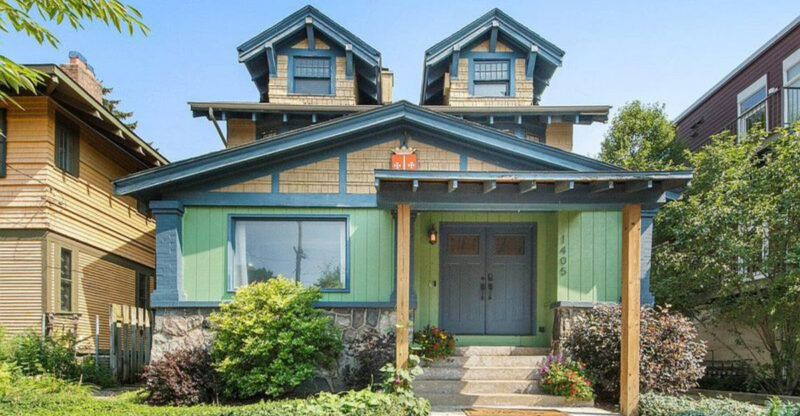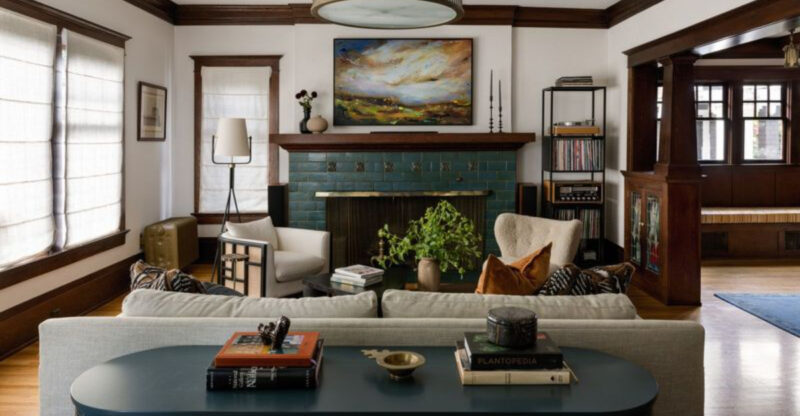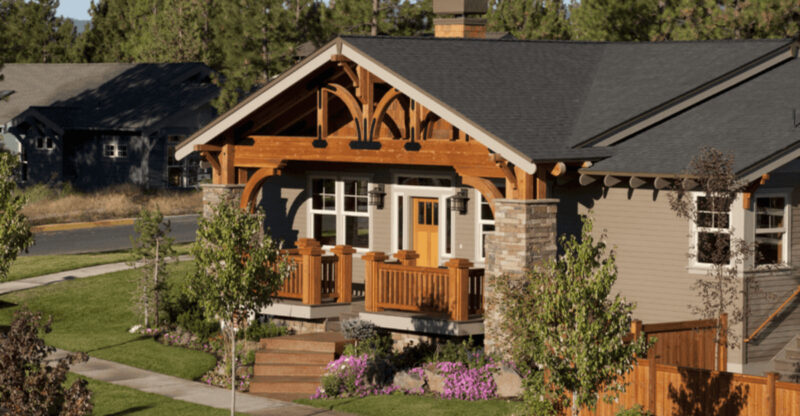12 New Jersey Home Types Experts Expect Could Lose Value By The End Of 2025

New Jersey’s housing market is shifting, and not all properties will hold their value. Real estate experts are tracking trends that could hurt certain home types in the Garden State.
Understanding which properties might decline can help you make smarter buying or selling decisions.
1. Older Suburban Split-Levels
Split-levels from the 60s and 70s are falling out of favor with buyers who want open floor plans. Many of these homes need expensive updates to electrical systems, plumbing, and layouts that feel cramped by today’s standards.
I’ve noticed younger families skip right past these listings because renovation costs can exceed $100,000. The awkward stairways and choppy room divisions just don’t match modern living preferences anymore.
2. Luxury Condos in Oversaturated Markets
Too many high-end condos have flooded markets like Jersey City and Hoboken, creating fierce competition among sellers. When supply dramatically outpaces demand, prices naturally drop as developers and owners fight for fewer qualified buyers.
Monthly HOA fees often exceed $800, which scares away potential purchasers. You’ll find these units sitting on the market much longer than anticipated this year.
3. Homes Near Closing Retail Centers
Properties adjacent to dying malls or shuttered shopping districts lose appeal as neighborhoods decline. Empty parking lots and boarded-up storefronts create an atmosphere that drives buyers toward more vibrant areas instead.
Local property values typically drop 5-15% when anchor retailers close permanently. Your home’s desirability depends heavily on the economic health of surrounding commercial zones and community amenities.
4. McMansions with High Property Taxes
Oversized homes built in the early 2000s come with crushing annual tax bills that can exceed $25,000 in some counties. Buyers are doing the math and realizing these properties drain budgets faster than they build equity.
Energy costs for heating and cooling 4,000+ square feet add another financial burden. Families now prefer right-sized homes that don’t sacrifice half their income to maintenance and taxes.
5. Coastal Properties with Flood Risk
Rising insurance premiums are making shore properties less affordable for average buyers seeking vacation homes. Climate concerns and repeated storm damage have insurance companies reassessing risk, sometimes tripling annual policy costs for oceanfront locations.
You might love the beach views, but lenders are getting stricter about financing in designated flood zones. Resale values suffer when fewer buyers can actually qualify for mortgages.
6. Fixer-Uppers Requiring Major Work
Labor and material costs have skyrocketed, making renovation projects far less profitable than they were five years ago. What once seemed like a bargain opportunity now turns into a money pit that exhausts budgets before completion.
First-time buyers can’t secure renovation loans as easily in today’s lending environment. Investors are also pulling back because profit margins have shrunk to nearly nothing on rehab projects.
7. Homes with Oil Heat Systems
Oil heating feels like a relic from another era, and buyers know conversion to natural gas or electric costs thousands. Environmental concerns and volatile fuel prices make these homes harder to sell each year that passes.
I always tell sellers that oil heat is an immediate red flag for modern buyers. Expect to negotiate thousands off your asking price or invest in system replacement before listing your property.
8. Properties Near Industrial Zones
Nobody dreams of raising kids next to warehouses, truck depots, or manufacturing plants that operate around the clock. Noise pollution, air quality concerns, and constant heavy traffic make these locations increasingly undesirable for families seeking peaceful neighborhoods.
Commercial expansion often encroaches further into residential areas, worsening the problem over time. Your property value drops as industrial activity grows closer to your front door.
9. Cookie-Cutter Townhomes in Sprawling Developments
Massive townhome communities built during the housing boom now feel impersonal and overcrowded to discerning buyers. When 300 identical units compete in the same neighborhood, distinguishing your property becomes nearly impossible during resale.
HOA drama and packed parking lots create frustration that buyers want to avoid. You’ll notice these communities have longer days-on-market statistics compared to unique, standalone properties nearby.
10. Homes with Outdated Floor Plans
Formal dining rooms and tiny kitchens don’t match how families actually live in 2025. Buyers want great rooms, open concepts, and kitchen islands where everyone gathers instead of separated, single-purpose spaces that sit unused.
Walls that chop up the main floor make homes feel smaller and darker than their actual square footage. Expect to invest heavily in structural changes or accept lower offers from buyers who will.
11. Properties with Septic Systems
Septic maintenance scares off buyers who prefer the simplicity of municipal sewer connections. Pumping costs, potential failures, and usage restrictions create headaches that most people would rather avoid entirely.
Replacement expenses can hit $20,000 when systems fail, and lenders sometimes require inspections before approving mortgages. I’ve seen deals fall apart when septic issues surface during home inspections unexpectedly.
12. Homes in Declining School Districts
School quality drives property values more than almost any other factor in family-oriented New Jersey communities. When district ratings drop or funding gets cut, homes lose appeal to the primary buyer demographic seeking quality education.
You can have the perfect house, but poor schools will tank your resale potential every single time. Families research school performance before ever stepping foot inside a property nowadays.

